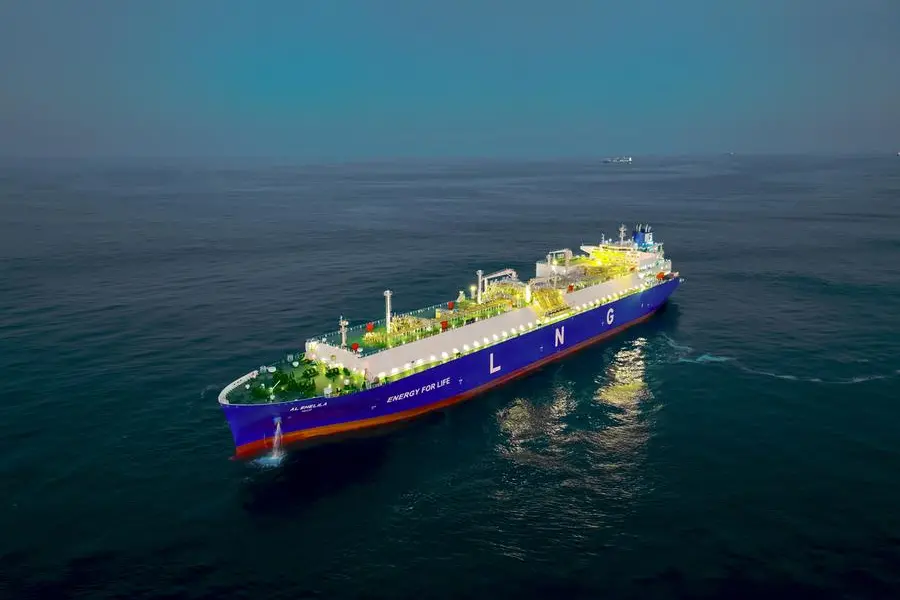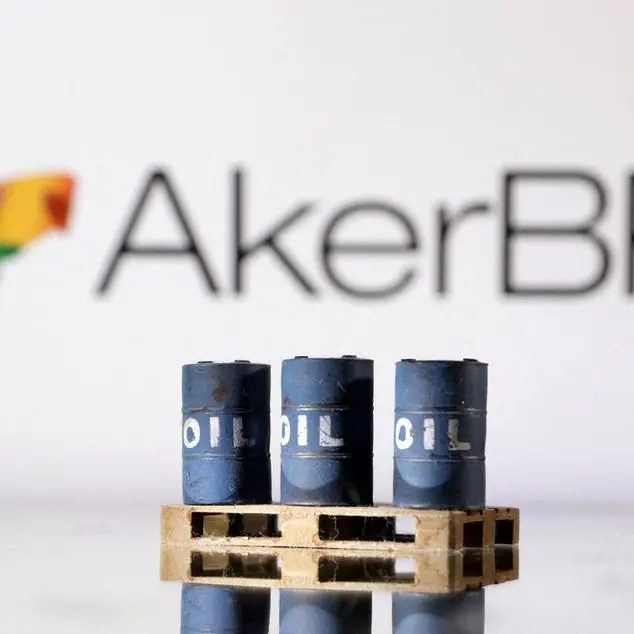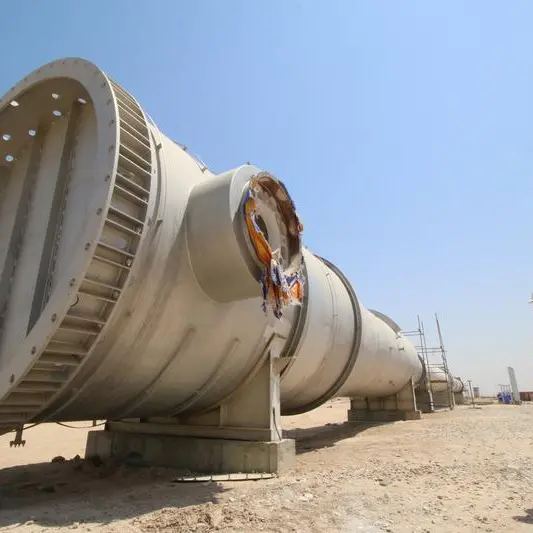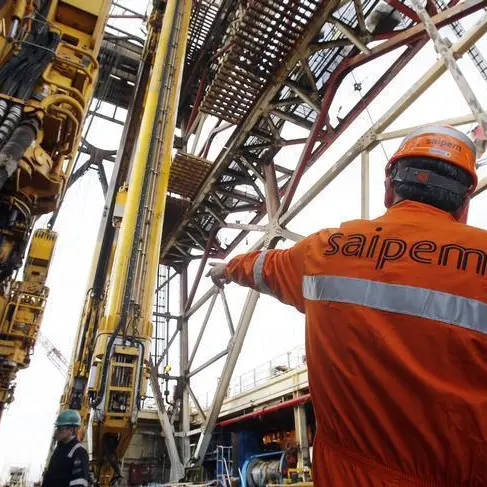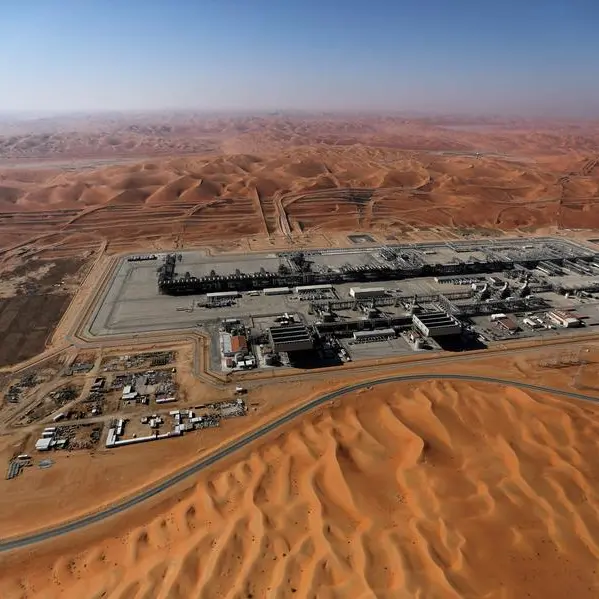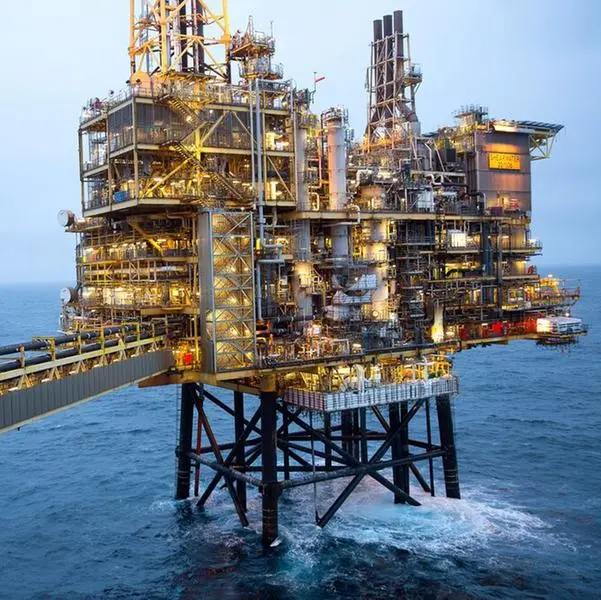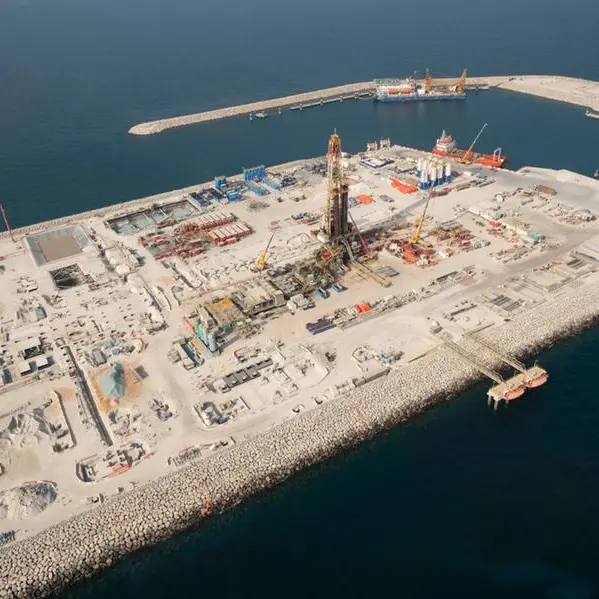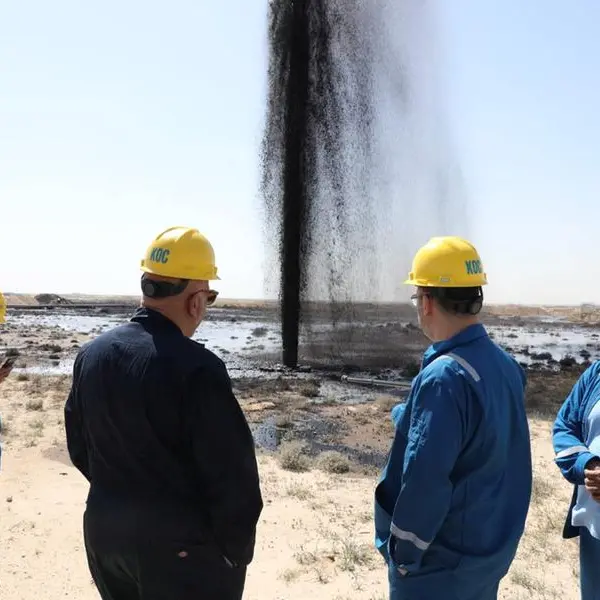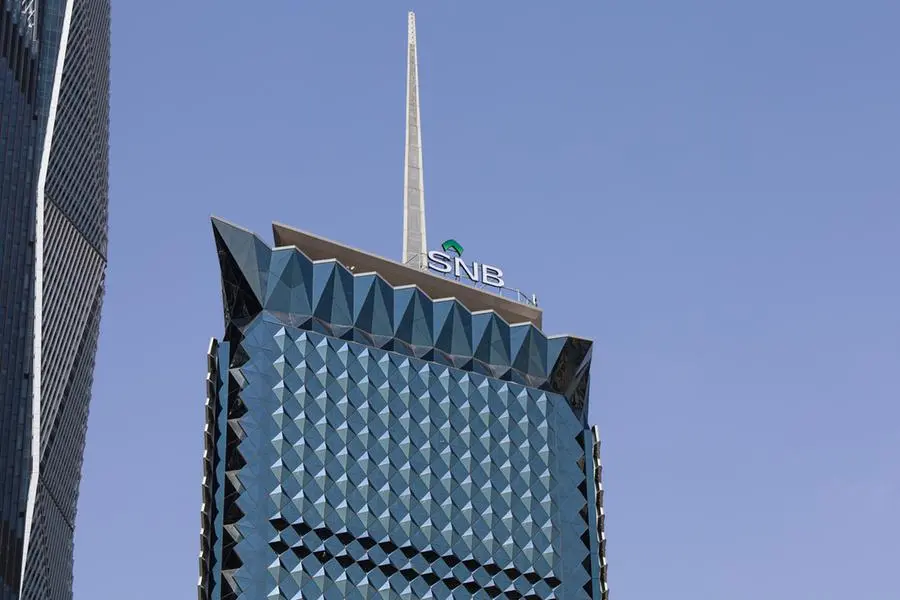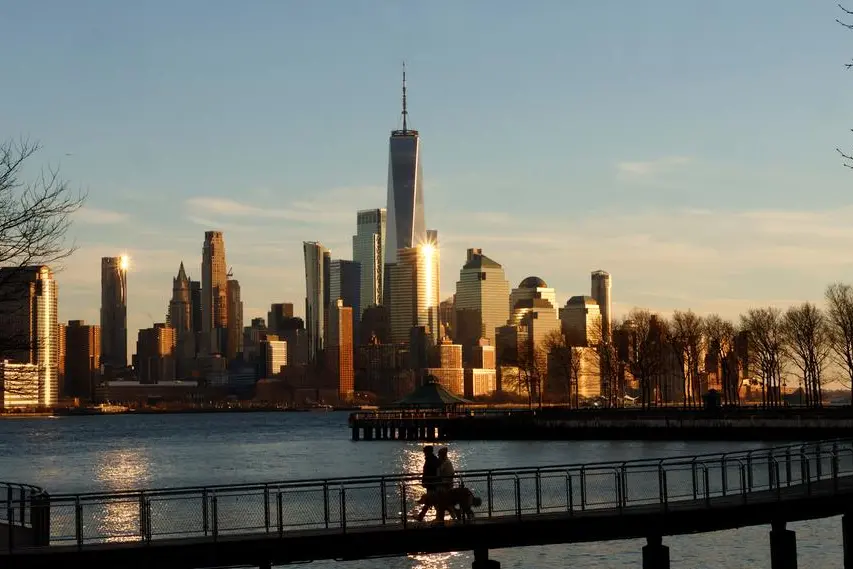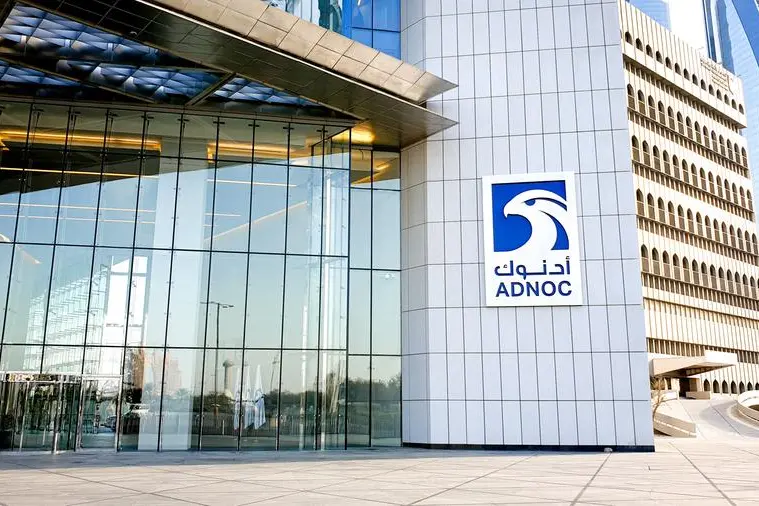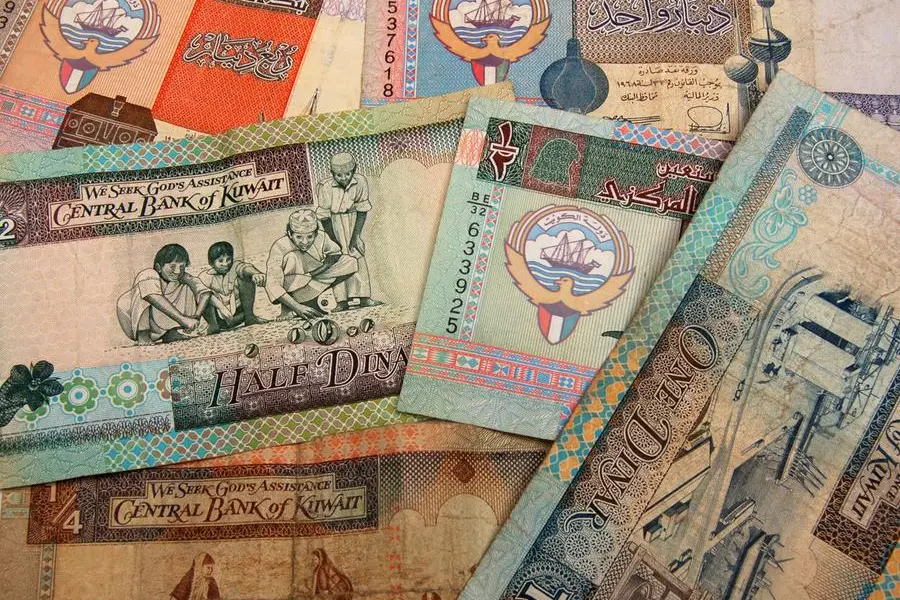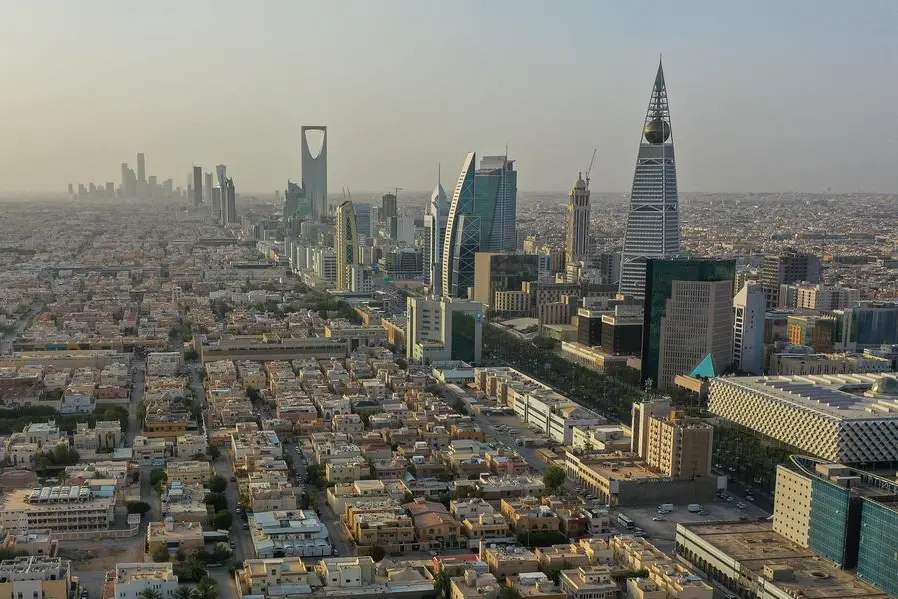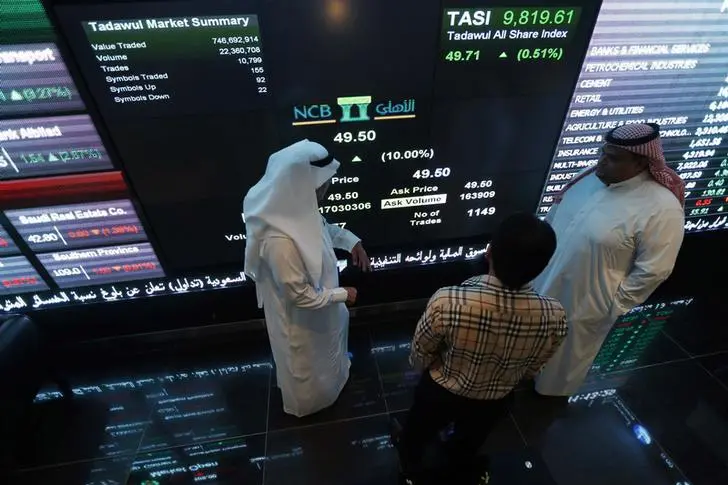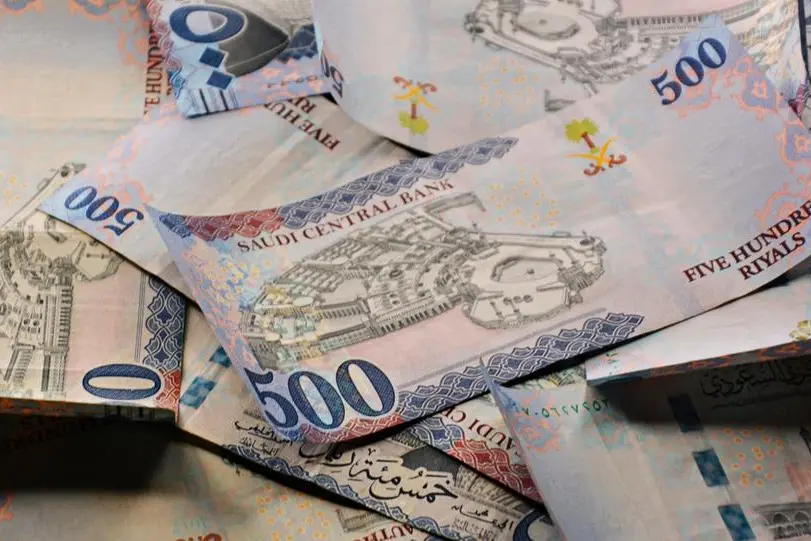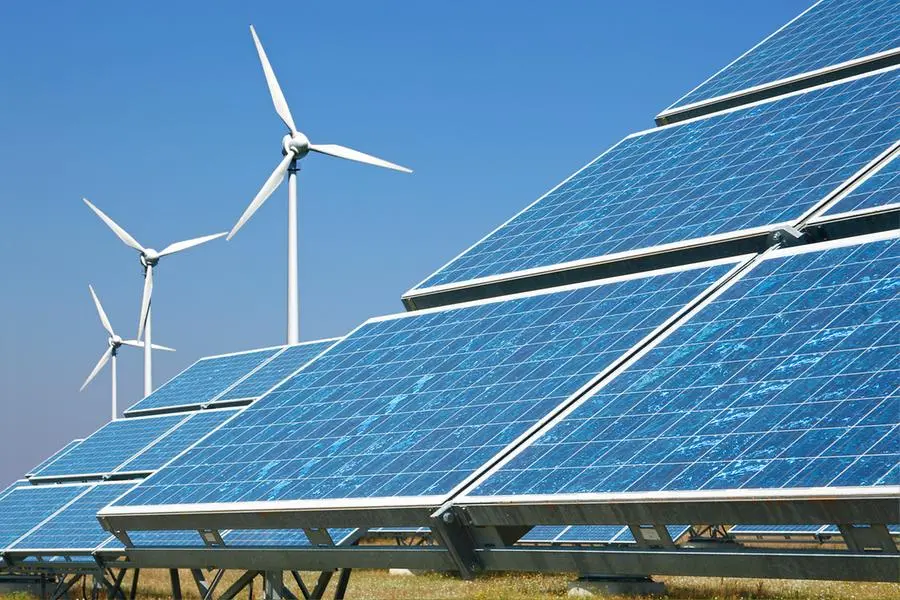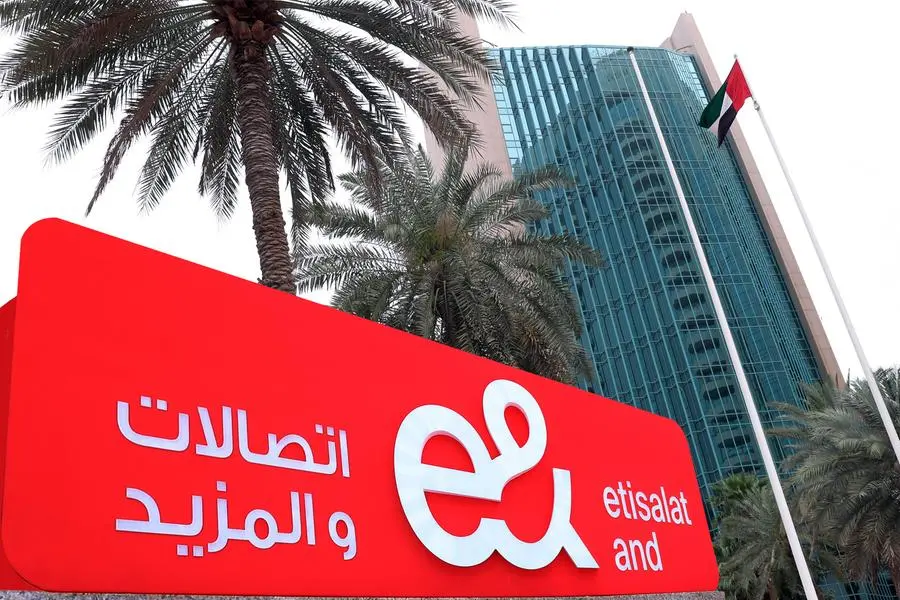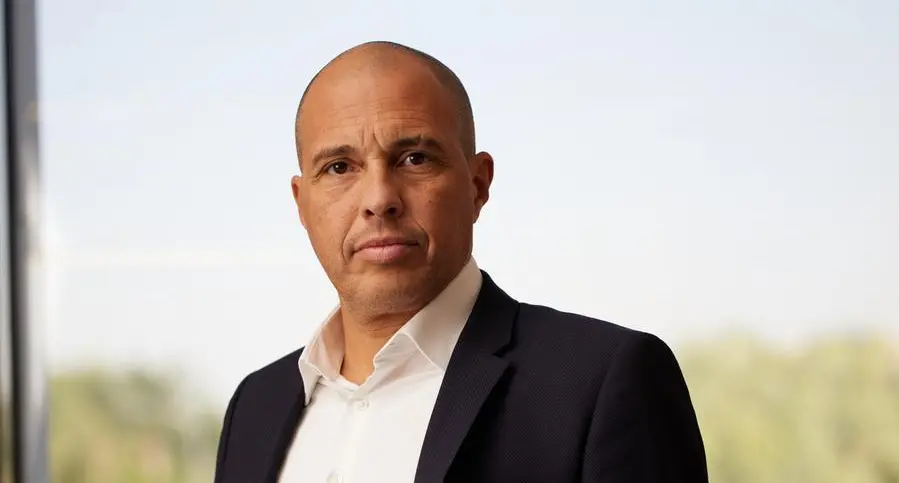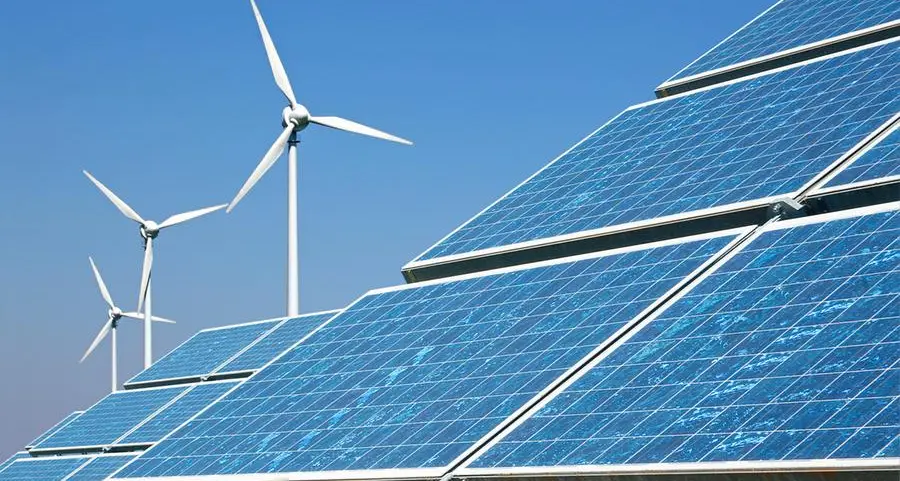PHOTO
The Arab region's total liquefied natural gas (LNG) capacity is expected to rise to 228 million tonnes per annum (mtpa) by 2030, significantly strengthening its role in the global gas market, according to Wael Abdel Moati, Gas Industry Expert at the Organisation of Arab Petroleum Exporting Countries (OAPEC).
In an exclusive interview with Zawya Projects, Moati said new LNG projects currently under construction in Qatar, the UAE, Oman, and Mauritania are likely to take the region’s capacity to 200 mtpa by 2028.
“An additional 28 mtpa could be added if projects currently in the planning phase reach Final Investment Decision (FID) in the coming years, taking the total capacity to 228 mtpa by 2030,” he said.
Moati said each Arab country has different development plans depending on the resources, infrastructure maturity, local market needs and plans to export gas or LNG.
“For instance, in Mauritania and Qatar, the focus is to exploit the gas resources to feed new LNG projects, while in Jordan the focus is on exploiting the Richa gas field to feed the local market and invest in LNG import structure for a more diversified gas supply mix. But collectively, they are enhancing the diversity and resilience of the Arab gas landscape - whether through production or export,” he said.


Moati noted that a significant share of the projected growth from LNG projects under construction has already been secured through long-term agreements with prospective buyers in Europe and Asia.
“ADNOC, QatarEnergy, and Oman LNG, have already secured long-term sales agreements. Between January 2024 and March 2025, for instance, Arab LNG exporters signed around 25 LNG sale and purchase agreements covering up to 32 mtpa of LNG, reflecting a more diversified buyer base,” he said.
Domestic gas demand on the rise
Moati said population growth, industrial diversification, and growing electricity demand for powering cooling, desalination, petrochemical industries, and urban development are pushing up domestic gas demand.
“In this context, we estimate domestic gas demand in Arab countries will grow at an annual rate of 2.5 percent to 3.5 percent on average over the medium term,” he noted. “To meet this rising demand, there are 15 gas development projects underway across the region, expected to bring 10 to 11 billion cubic feet per day of new supply over the next three to five years - all designated for domestic markets”.
This trend highlights the critical role natural gas continues to play in supporting the region’s energy security and economic growth, the OAPEC official said.
Price expectations
Moati said OAPEC expects prices to remain volatile in 2025 due to global supply disruptions, particularly in Europe following reduced Russian pipeline gas, and substantial demand growth in the Middle East.
“In the medium term, however, a period of oversupply is likely as new LNG projects in the U.S., Africa, and the Arab region come online weighing down on prices for up to two years before the market rebalances with continuing demand growth,” he said.
U.S. LNG expansion and market implications
Moati expects Trump administration’s renewed push for LNG export licenses and the ongoing geopolitical instability to have a significant impact on future global LNG markets.
He pointed out that the U.S., currently the world’s largest LNG exporter with around 25 percent market share, is set to expand its position further with five new LNG projects in the commissioning or construction phases totalling 75 mtpa.
The reversal of the Biden-era pause on LNG export licenses could accelerate another 70 mtpa of proposed capacity toward FIDs, he added.
“If realised, this new wave of U.S. LNG supply would, first, intensify competition with other LNG exporters as they seek to market new volumes and secure long-term offtake agreements with potential customers. Second, it could contribute to a potential oversupply in the global market in the next few years creating a buyer’s market and third, it could weigh down on LNG prices, especially in the medium term, as the volume of new supply outpaces demand growth during the post-2025 period,” he concluded.
(Reporting by Sowmya Sundar; Editing by Anoop Menon)
Subscribe to our Projects' PULSE newsletter that brings you trustworthy news, updates and insights on project activities, developments, and partnerships across sectors in the Middle East and Africa.
